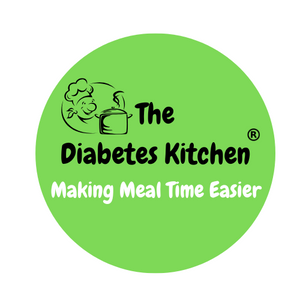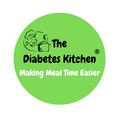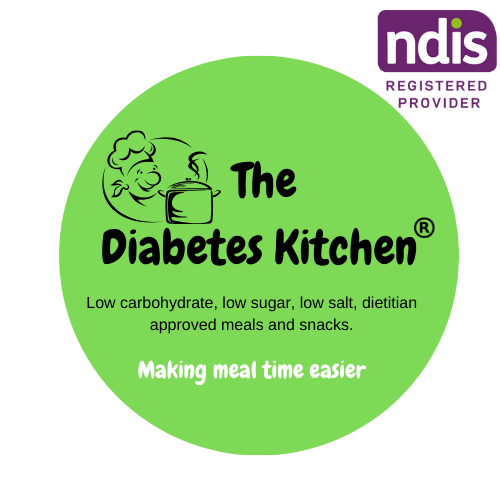For individuals living with diabetes, managing blood glucose levels is a daily priority. One of the most effective tools in achieving this control is the humble nutritional label found on food packaging. Often overlooked by the general population, nutritional labels are critical for diabetics, offering insight into the food’s carbohydrate content, sugar levels, fiber, fats, and more. Understanding and using this information is essential not only for glucose management but also for making informed dietary decisions that promote long-term health and prevent complications.
Understanding Diabetes and Nutrition
Diabetes mellitus is a chronic condition characterised by the body’s inability to properly process glucose, resulting in elevated blood sugar levels. Type 1 diabetes involves an autoimmune destruction of insulin-producing cells, while Type 2 diabetes typically results from insulin resistance and is often linked with lifestyle factors, including diet. In both types, nutrition plays a crucial role in managing the condition.
Blood sugar levels are largely influenced by carbohydrate intake, which makes carbohydrate management central to a diabetic’s dietary planning. However, it’s not only about carbohydrates—fibre, fat, protein, and added sugars also impact glycemic response. This is where nutritional labels become invaluable.
What to Look for on a Nutritional Label
1. Serving Size
This is the first—and often most misunderstood—element of the label. All nutritional information on the label is based on this specific serving size. Diabetics must pay close attention to serving sizes, as consuming more than the indicated amount multiplies the intake of carbohydrates, sugars, fats, and calories. A product that appears low in sugar or carbs might be misleading if the actual serving consumed is larger than what's listed.
2. Total Carbohydrates
This is arguably the most important figure for diabetics. It includes all types of carbohydrates: sugars, complex carbohydrates, and fibre. The total carbohydrate count gives a comprehensive number that can be used to estimate the glycemic impact of a food item. Counting carbohydrates helps diabetics maintain more consistent blood sugar levels, particularly those using insulin or oral medications.
3. Sugars and Added Sugars
While naturally occurring sugars in fruits and dairy are less concerning when eaten in whole food form, added sugars (like high-fructose corn syrup, cane sugar, or honey) can cause rapid spikes in blood glucose. Diabetics should aim to limit these, as they offer little nutritional value and can destabilize glucose control. Newer labeling regulations in some countries now distinguish between total sugars and added sugars, which is helpful in making healthier choices.
4. Fibre
Fibre plays a unique role in managing diabetes. Soluble fibre can slow the absorption of sugar and improve blood sugar levels. A food high in fibre will often have a lower glycemic impact. Importantly, when calculating “net carbs” (the digestible carbohydrates that affect blood sugar), many diabetics subtract fibre grams from total carbohydrates.
5. Fats
Saturated and trans fats can increase the risk of heart disease, a common complication of diabetes. While fats do not directly raise blood sugar, excessive intake—especially of unhealthy fats—can worsen insulin resistance. Labels help diabetics monitor fat intake, ensuring they focus on healthier fats like those from nuts, seeds, avocados, and fish.
6. Sodium
Diabetics are at a higher risk of hypertension and cardiovascular disease. Monitoring sodium intake helps manage blood pressure and reduce overall health risks. The label's sodium content can guide better choices, especially when selecting processed or packaged foods.
Benefits of Reading Nutritional Labels
1. Improved Blood Sugar Control
The most direct benefit of reading nutrition labels is more stable blood sugar levels. By understanding the carbohydrate and sugar content, diabetics can plan meals, adjust medication dosages, and prevent spikes or drops in glucose.
2. Enhanced Meal Planning
When grocery shopping or preparing meals, nutritional labels provide the necessary data to plan balanced, nutritious, and diabetic-friendly menus. This leads to better consistency in eating habits and avoids unexpected glucose fluctuations.
3. Weight Management
Many diabetics are advised to maintain a healthy weight to reduce insulin resistance. Nutritional labels help monitor calorie intake, avoid hidden sugars and fats, and make smarter choices that support weight goals.
4. Identifying Hidden Ingredients
Some foods marketed as “healthy,” “natural,” or “low-fat” can be deceptive. Labels help uncover hidden sugars, excess sodium, and artificial additives. For instance, a granola bar labeled as "healthy" may contain more sugar than a candy bar.
5. Encourages Healthier Choices
Over time, reading labels becomes a habit that naturally encourages better food decisions. It empowers individuals to compare products, understand what they’re consuming, and choose options that align with health goals.
Challenges and Tips for Reading Labels
Despite their importance, nutritional labels can be confusing. Terms like “net carbs,” “sugar alcohols,” and “daily value percentages” may overwhelm the average reader. To overcome this:
-
Start Simple: Focus first on serving size, total carbohydrates, and sugars.
-
Use Apps and Tools: Several mobile apps allow scanning barcodes and breaking down labels, which is useful when learning.
-
Consult a Dietitian: A registered dietitian can help interpret labels and tailor dietary choices to individual needs.
-
Be Aware of Marketing Traps: Words like “diabetic-friendly,” “light,” or “reduced” don’t necessarily mean healthy. Always refer to the actual numbers on the label.
Labels in Restaurants and Fast Food
Increasingly, restaurants and fast-food chains provide nutritional information on menus or online. Diabetics should take advantage of these resources when dining out. Planning ahead and checking the nutrition facts can prevent poor choices and help maintain glycemic control even outside the home.
The Future of Nutritional Labels
As food technology and consumer awareness grow, nutritional labels are evolving. Countries are introducing front-of-pack labelling, simplified color-coded systems, and clearer language around sugars and fats. For diabetics, this could make label reading faster and more intuitive. Moreover, wearable glucose monitors may eventually integrate with barcode scanners or mobile apps to provide real-time food compatibility suggestions.
Conclusion
For diabetics, reading and understanding nutritional labels is not just a helpful skill—it is a vital component of managing the condition. It empowers individuals to make informed decisions, maintain steady glucose levels, and reduce the risk of complications. As with any skill, the more it's practiced, the more intuitive it becomes. With time, label reading can transform from a necessary task into a tool for lasting health and independence.





